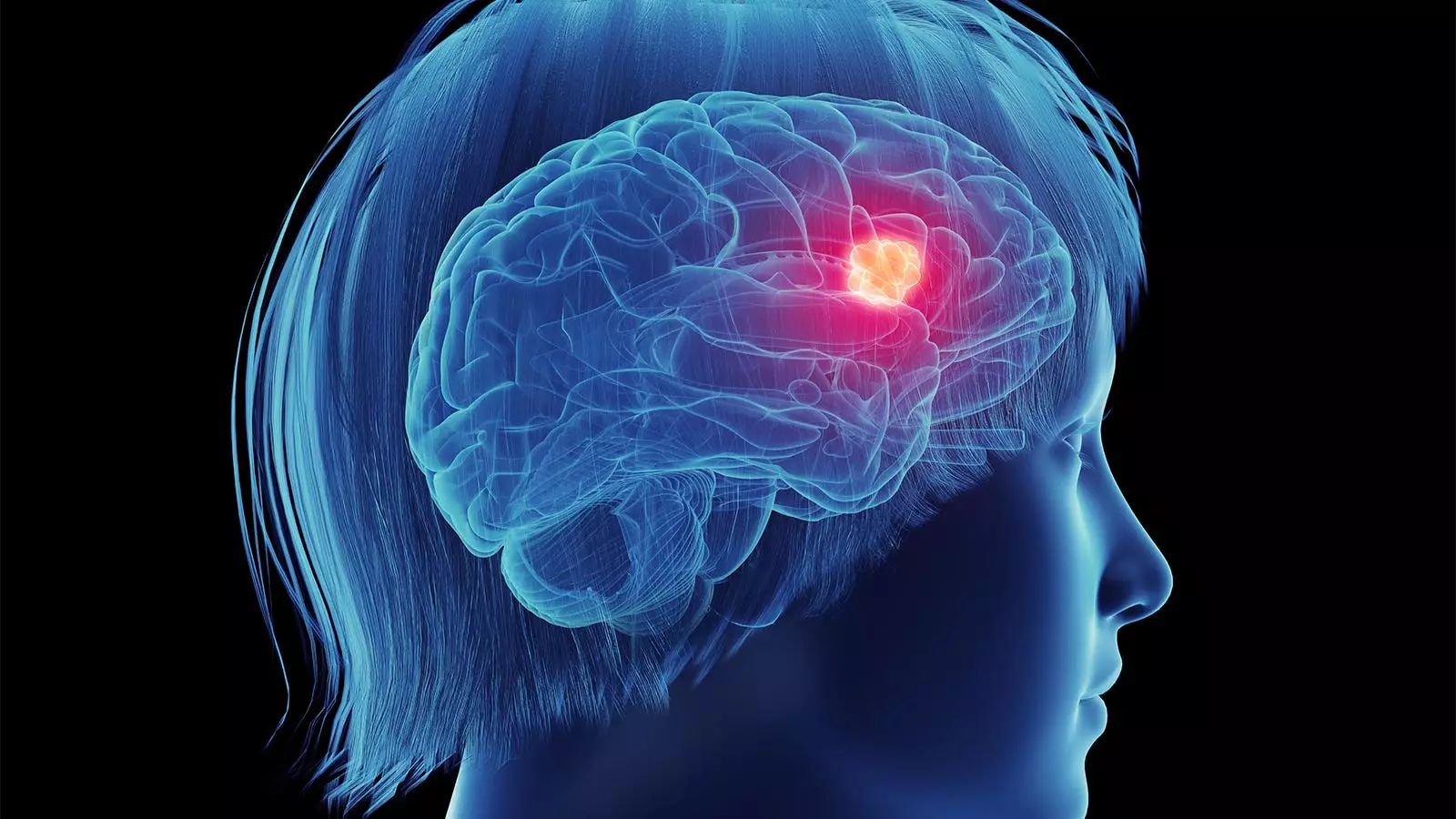Postmenopausal hormone therapy (HT) has been a subject of scrutiny, particularly in how it correlates with glioma risk. Recent research conducted by Hui Tang, MD, and colleagues examined data from a large cohort of women, yet the findings remain inconclusive. As interest persists in understanding the gender disparity surrounding glioma incidence, it is crucial to unpack the results and implications of these studies.
The study analyzed data from an impressive total of 75,335 women, probing whether there was a definitive link between hormone therapy and glioma risk. The authors reported a non-significant 16% increase in hazard risk for women who had undergone HT, raising questions rather than providing resolutions. The rigorous nature of the retrospective analysis allows for broad insights, yet it also highlights the limitations inherent in such studies. Current and former HT users showed no substantial variance in glioma incidence, leading researchers to conclude that HT does not materially affect glioma risk.
After conducting an extensive subgroup analysis, an interesting albeit statistically insignificant correlation emerged exclusively among college-educated women. This subset presented a potential avenue for further investigation, but the lack of statistical significance cautions against forming definitive conclusions based solely on education level.
The findings from Tang and colleagues align with a broader spectrum of prior research, including fourteen separate studies exploring the association between HT and glioma. Historically, retrospective case-control studies suggested an inverse relationship between HT use and glioma risk, whereas prospective studies offered contrasting evidence. This dichotomy leaves researchers grappling with two dominant questions: What accounts for the discrepancies, and what can be done to resolve them?
At the heart of this inquiry lies the issue of recall bias, where inaccuracies in participants’ memories may taint the results. Retrospective analyses also fail to adequately differentiate the types of hormones utilized in HT, posing a significant obstacle to understanding the effects on neurological functions. With the present study reinforcing the belief that HT use is not significantly correlated with glioma risk, there is a palpable need for future research that is robust in design and extensive in its scope.
As highlighted by expert Stephanie Faubion, MD, from the Mayo Clinic, the search for connections between HT and glioma may not yield further insights, considering the relative rarity of such tumors. Faubion suggests redirecting research efforts towards more prevalent brain tumor types, such as meningiomas, which predominantly affect women and have yet to be fully examined in relation to hormone therapy. With meningiomas being more common in women, exploring various factors, including hormonal influence, could unveil significant insights into sex-based health disparities.
Moreover, understanding the broader implications of these findings calls for a critical examination of other neurological disorders that also exhibit pronounced sex disparities. For instance, migraines and their hormonal associations remain poorly understood, emphasizing the need for continued research into the relationship between gender, hormonal variables, and neurological conditions.
A Multidimensional Approach to the Issue
As the scientific community delves deeper into the nuances of sex-based differences in health, it becomes increasingly necessary to acknowledge complexities that extend beyond merely hormonal factors. Faubion aptly notes that disaggregating the individual contributions of various biological and environmental elements is essential. Simply attributing disparate rates of disease to estrogen may be reductive, as there is likely a confluence of influences at play.
Therefore, researchers must broaden their focus, examining genetic predispositions, lifestyle factors, and social determinants of health that contribute to these disparities. It is not only critical to investigate the chemical properties of HT but also to consider the socio-environmental contexts that shape women’s healthcare experiences.
The investigation into the relationship between postmenopausal hormone therapy and glioma risk presents an intricate puzzle. While the current studies suggest no conclusive link, the search for clarity should persist. Future research must embrace larger sample sizes and prospective designs that can account for varying HT components and individual lifestyle factors. By understanding these dynamics, we can contribute to a more nuanced understanding of women’s health and potentially guide more personalized treatment strategies.
As we reflect on the existing body of research, it is evident that unraveling the complexities of sex-based health disparities is not only important for women but for a comprehensive understanding of health conditions that affect all individuals. The pursuit of knowledge must continue, as every insight adds another piece to the intricate tapestry of human health.

